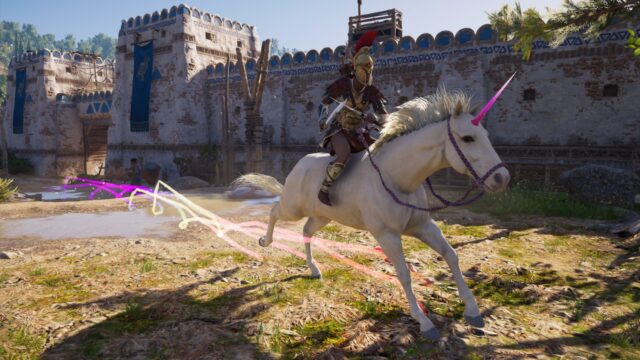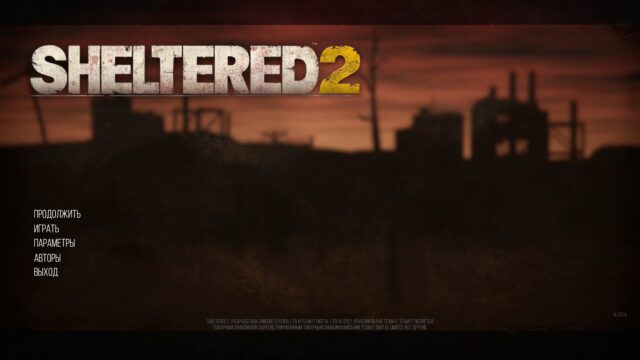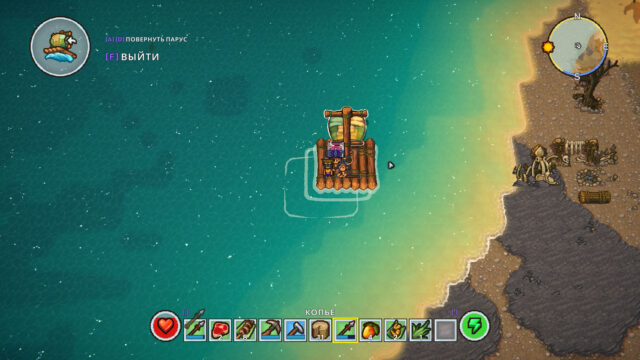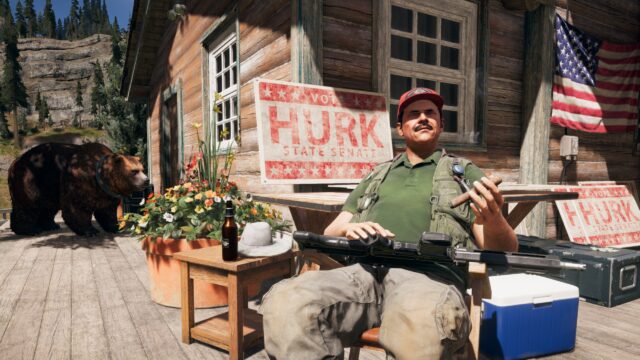Call of Duty: Black Ops II Review
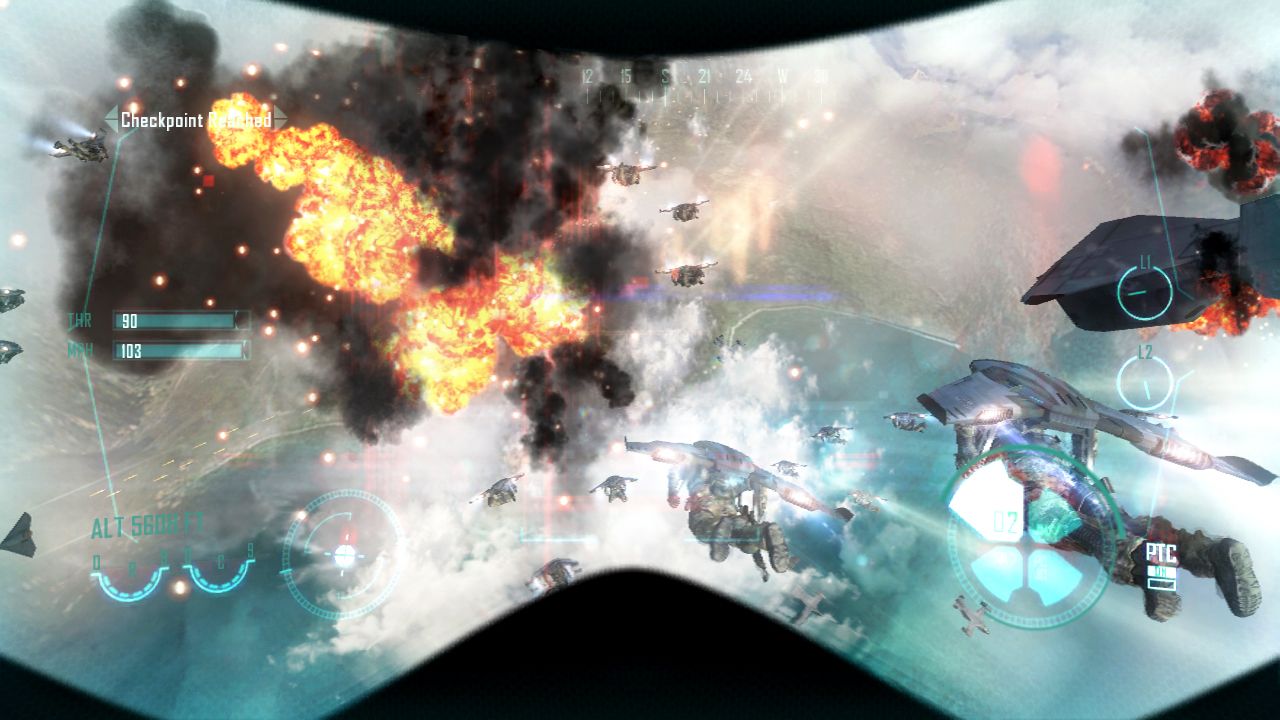
Let’s face the truth – I know why you’re here. You want to know if this game will be the one that completely changes everything and makes people turn away from Call of Duty. I understand your desires. People are wired to root for the underdog, not the champion, and it’s been five years since they’ve been knocked off their pedestal.
I don’t want to disappoint anyone, but Black Ops 2 is not one of those games that was made just for show, as you might have thought. Maybe it was developed with the goal of grabbing all the money in the world from now until next November, but knowing this, Treyarch approached the development not with arrogant self-confidence, but with a firm belief in success. Considering that it is a duplicating studio brought in during Infinity Ward’s breaks, Black Ops 2 shows that it didn’t just join the franchise, but completely took it over. It’s a game that dared to take the formula for making billions of dollars and play with it as it saw fit.
This is especially noticeable in the campaign mode. Treyarch went against the trend of diminishing the role of single-player mode in shooters: the developers believe that solo playthrough is the heart of FPS, not a meager addition useful only for creating pompous trailers.
You won’t be handed a couple of guns and sent down a straight corridor with scripted events anymore. Now you can choose your equipment and perk loadout before each mission, almost like in multiplayer. The maps have also gained more freedom – the routes have become more diverse, curious players can find secret places with improved weapons, additional information, or Easter eggs that can only be accessed with a special perk. Of course, there are still checkpoints where the COD legacy shines through and enemies respawn until you reach the point where the necessary trigger activates. And the enemies themselves don’t have any special intelligence, which, however, has been the case in Call of Duty for many years.
Branch company

The plot, naturally, is complete nonsense, but still quite interesting. We move between flashbacks of the adventures of Alex Mason, the hero of the previous installment, in the 1980s, and his son David in 2025, pursuing the charismatic leader of the terrorists, Raul Menendez, over the decades. The near future is filled with gadgets like camouflage armor, spider robots, and wingsuits, but in turn, it frees the game from the nauseating American patriotism of Modern Warfare.
While competing shooters surround themselves with limitations of military realism, Black Ops 2 happily dives into the realm of science fiction. Although mission events take place in Angola, Yemen, Pakistan, and other potentially aggressive hotspots, the plot does not use predictable elements related to 9/11. The villain Menendez is considered the biggest threat after Bin Laden, but his sharp suits and European politeness make him more like an arrogant sadist from Bond movies than a sinister leader of Islamists.
What stands out, especially, is the storyline: now the game is no longer just a one-time run. Of course, it is still quite short – about six hours or so – but the branching plot makes you think and delve into what is happening, rather than just rushing headlong. The game has six different endings, and your actions will often influence the narrative. Apart from a few silly hint messages during moral dilemmas, this is implemented quite smoothly. Often, I wanted to replay a level just to find out the consequences of the decisions made.
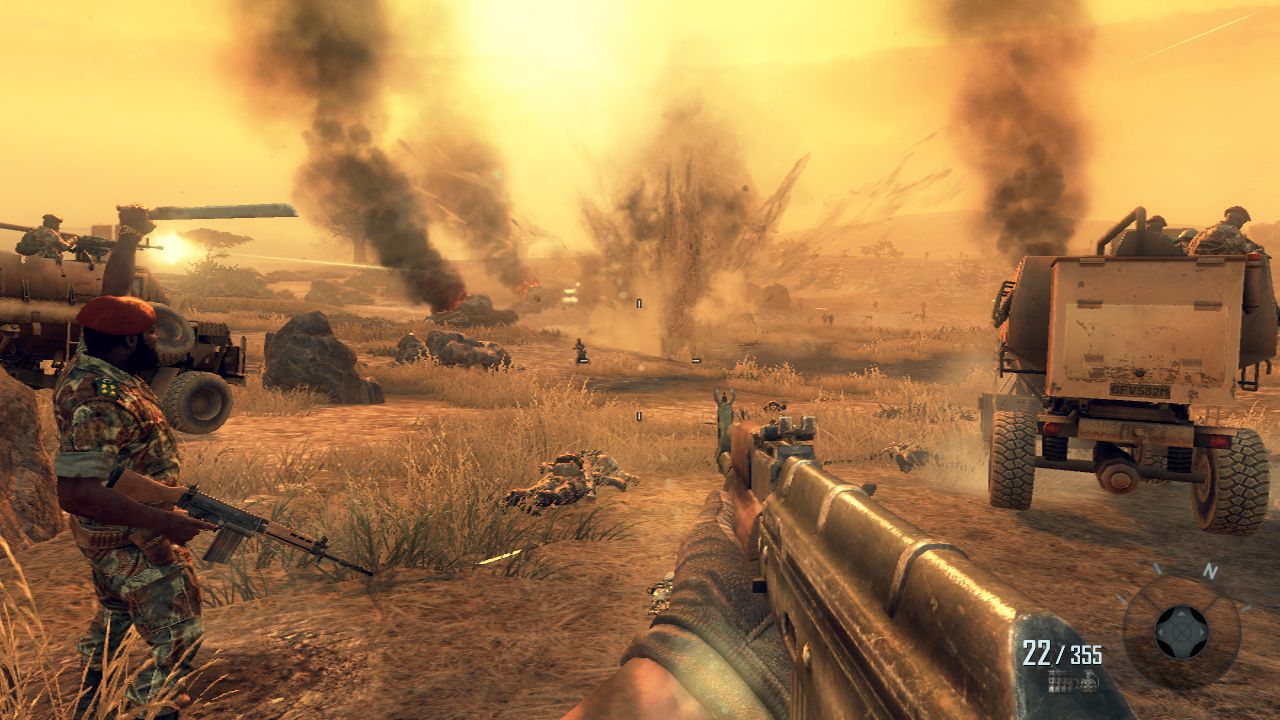
At each level, there are special additional tasks, a leaderboard for comparing your results with friends, optional Strike Force missions where you control multiple soldiers, vehicles, and turrets using a strategic overview. Some of them are connected to the main missions, others affect the ending. It’s a bold experiment, but I wouldn’t rush to call it successful. The friendly AI is a bit dull, and the tower defense and RTS elements quickly give way to direct intervention when everything turns back into a shooter. However, such a mode is good for variety, but if it is intended to be used in future games, it definitely needs polishing.
None of the new features can be called innovative, we have already seen all of this in other games – and even in other shooters – but it is worth remembering that for a series that is popular and advertised enough to be successful anyway, such a departure from a reliable formula is already a lot. In a game where linearity has become a mantra, the player has started to influence the story, and now this is the first Call of Duty in a long time where I really want to replay the campaign.
Non-sport multiplayer
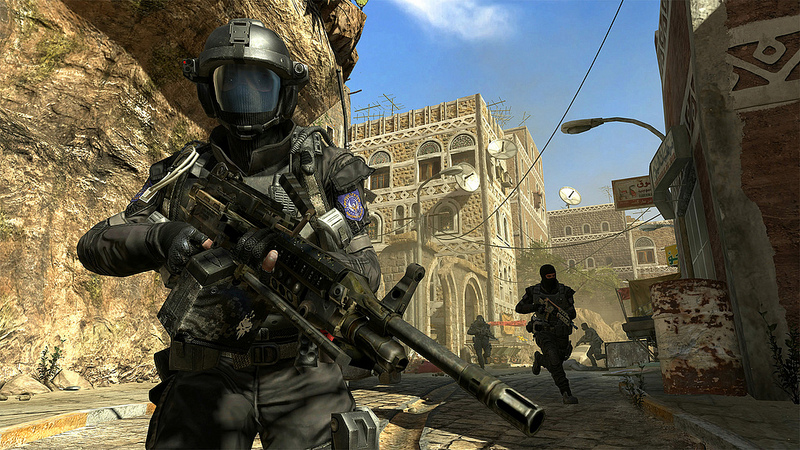
The changes in multiplayer are not so obvious, but no less interesting. The first thing is the Pick 10 system – a definitive departure from a fixed set of weapons and combat classes in favor of a selective approach, where the player determines their own necessary combination of weapons, equipment, grenades, and perks – no more than 10 units in total. The deep progression system unlocks attachments for specific weapons faster through successful kills with them, rather than overall player progress, so you progress towards the equipment you will use more often.
Killstreaks have also disappeared, making way for more accessible scorestreaks. While playing Deathmatch, you are unlikely to notice the difference, but in objective-based modes like Capture the Flag, Demolition, or Hardpoint, this change will level the playing field, allowing players to earn cool toys and rewarding those who excel at completing important tasks and helping teammates, rather than just shooting. Beginners will be more satisfied with Combat Training, separate from Core and Hardcore modes, which allows for a relatively painless transition from recruit to colonel.
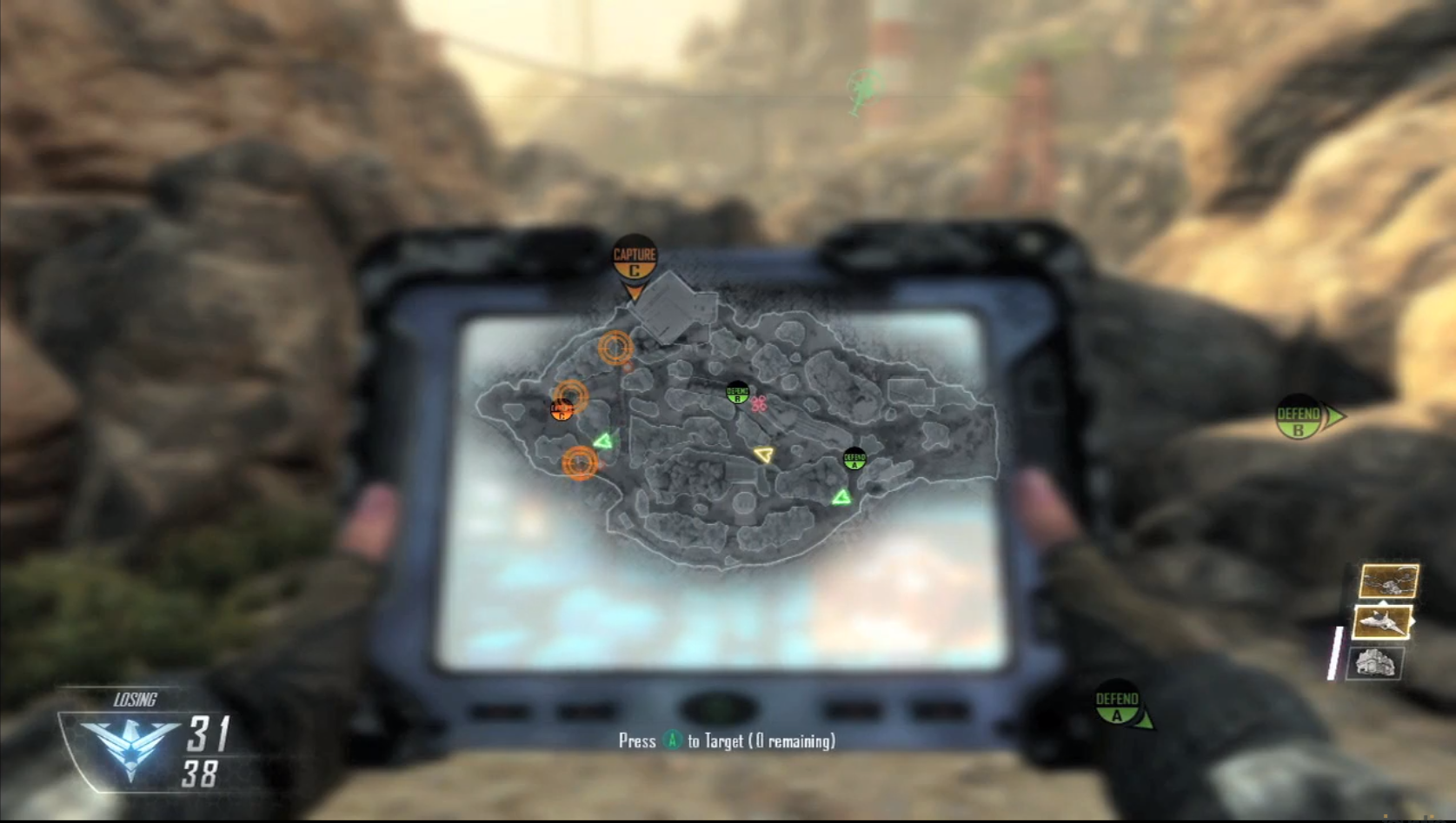
However, cool toys are not always balanced. The Lightning Strike bonus can really kill the game, especially in modes where players need to gather in one place. For such a destructive artillery strike with a short warning, it is necessary to reduce the area of damage or increase the required score streak, otherwise players will constantly drain defenseless enemies. Treyarch also did not think about snipers, and quick-scoping, along with the flexibility provided by Pick 10 and the variety of perks, gives an excellent opportunity to dominate the map using a rifle as a shotgun.
However, a slight imbalance is an integral part of any fresh shooter, especially if it has such radical changes. At least the maps will fix the situation. They are taken from the standard COD set, with Overflow, Plaza, and Raid being particularly notable. They all represent tight, intricate mazes with no dead ends or safe places. Wherever you go, there is always another exit – and entrance. The capture points are designed in such a way that they are difficult to both hold and recapture. Excluding questionable score streak attacks, no place will be a reliable shelter – but capturing it will also not be an easy task.
The exception is only one map out of 14 (15 if you count Nuketown 2025, which is a pre-order bonus). Hijacked is a luxurious yacht, too small for 12 players, so it is only suitable for crazy slaughter.
You can read about the esports aspirations of the COD series in our separate article. Why don’t pro gamers play Call of Duty?.
Such different zombies

What is really disappointing is Zombies. Rising from a fun mini-game to a separate campaign, the mode seems to have been released too early – the attention to detail that is noticeable in the rest of the game is completely absent here. You can still play Survival – classic survival in different locations, but there is also a new mode – Tranzit, a campaign where you travel on an armored bus from map to map. In each area, you are given limited time to search for items for the new crafting system, and as you progress, new areas are unlocked.
It’s a great idea, reminiscent of a hybrid of Left 4 Dead and Dead Island, albeit without any in-game explanation of how this mode works, most of its intricacies are overshadowed by hordes of zombies. The hint buttons are inconvenient, picking up new weapons can easily lead to death, and players often get in each other’s way in narrow areas of the map. As a bonus, this mode is interesting, but in this case, Treyarch’s ambitions have outpaced the design.
***
Overall, ambition is the best word to describe Black Ops 2 – which is surprising in itself. It’s still Call of Duty, with all that entails, and if someone didn’t like the series before, this game is unlikely to change their mind. But fans will be able to see the series differently, seeing that it can deviate from the tried and tired formula of success and experiment a little. It may not be a major victory in the battle for reimagining blockbusters, but it is still a victory. And for those hoping to see Call of Duty lose its leadership, they will have to wait until next year.
Share
Discuss
More Reviews
